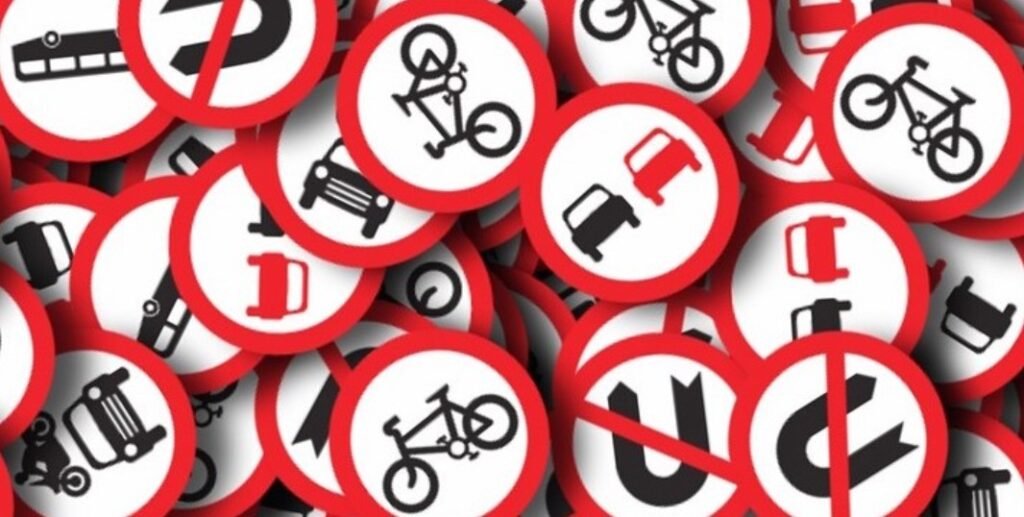Cincinnati is one of the cities that is trying to improve pedestrian and cyclist safety by installing more “No Turn on Red” signs at intersections. These signs prevent drivers from making a right turn on a red light, which can reduce the risk of collisions with people crossing the street or riding bikes.
According to Matt Butler, president of the Devou Good Foundation, a pedestrian safety advocacy group, the data shows that these signs can make a difference. “The data shows it’s going to make people walking, people riding bikes, safer at intersections,” he said.
The city recently added a new sign at Ninth and Plum streets, which is marked by a bright yellow “new” placard. This is one of the locations where pedestrian crashes have occurred in the past. The city did not comment on whether it plans to expand the use of these signs to other intersections.

The benefits and challenges of “No Turn on Red” signs
The idea of prohibiting right turns on red lights is not new. It was introduced in the 1970s as a fuel-saving measure during the energy crisis, but it never really went away. Since then, many cities have adopted it as a way to improve traffic flow and reduce emissions. However, some studies have also shown that it can increase pedestrian and bicycle crashes by 60% and 100%, respectively.
This is because drivers tend to look to the left for oncoming traffic before making a right turn on red, and may not notice people on the right who are already in the crosswalk or bike lane. By eliminating this option, drivers have to wait for the green light and pay more attention to their surroundings.
However, implementing “No Turn on Red” signs is not without challenges. Some drivers may ignore or disobey them, especially if they are not used to them or if they are in a hurry. Some drivers may also complain that they increase travel time and congestion. Therefore, it is important to educate drivers about the benefits and consequences of these signs, and to enforce them with fines or penalties.
Other measures to enhance pedestrian and cyclist safety
“No Turn on Red” signs are not the only way to protect pedestrians and cyclists from traffic hazards. There are other measures that can be taken, such as:
- Leading pedestrian intervals: These are signals that give pedestrians a few seconds of green light before vehicles get their green light, allowing them to cross the street more safely and visibly.
- Pedestrian countdown signals: These are timers that show how much time pedestrians have left to cross the street before the light changes, helping them to make better decisions.
- In-street pedestrian signs: These are signs that are placed in the middle of the road near crosswalks, reminding drivers to yield to pedestrians.
- Activated flashing beacons: These are devices that flash yellow or red lights when pedestrians push a button or enter a crosswalk, alerting drivers to slow down or stop.
- Rectangular rapid flashing beacons: These are similar to activated flashing beacons, but they flash more rapidly and irregularly, creating a strobe-like effect that draws more attention.
- Call buttons that confirm the press: These are buttons that give pedestrians an audible or tactile feedback when they press them, letting them know that their request for a signal has been registered.
- Danish offsets: These are curb extensions that create a gap between the crosswalk and the bike lane, forcing cyclists to make a 90-degree turn before crossing the street, reducing their speed and improving their visibility.
These measures have been proven to be highly effective in reducing pedestrian and cyclist crashes by various studies. They can also be combined with high-visibility crosswalks, advance yield markings, and “Yield Here to Pedestrians” signs for optimal results.
